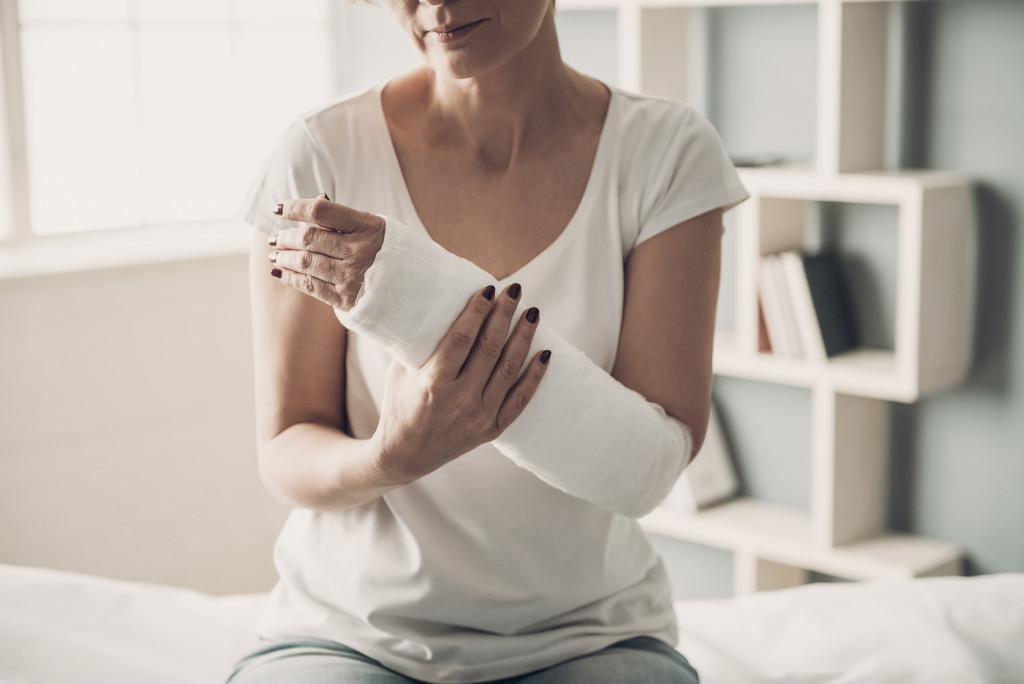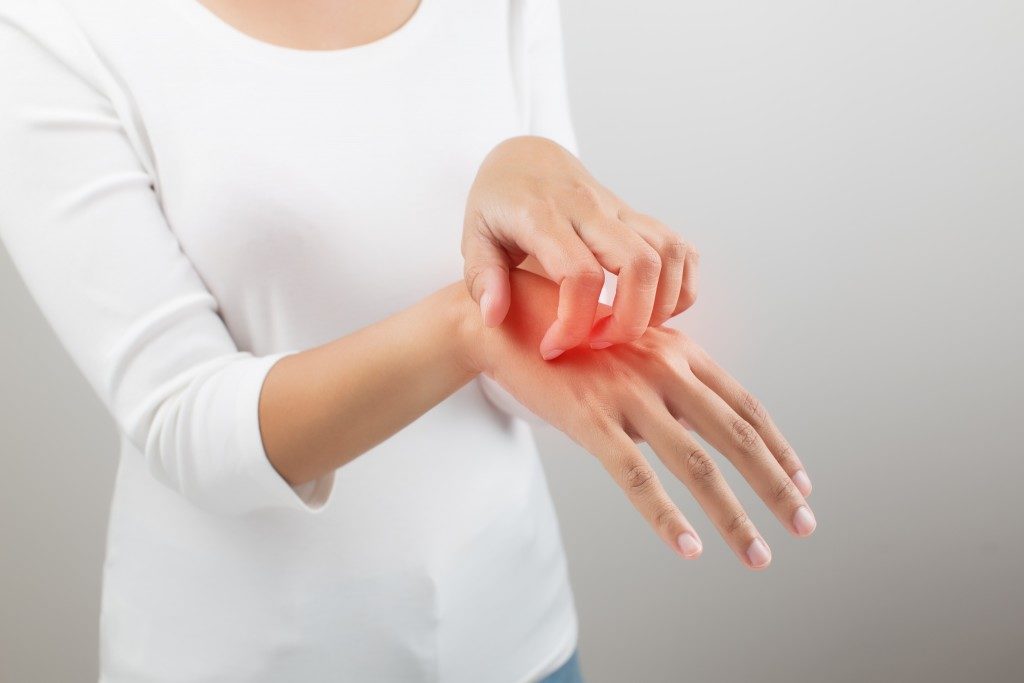According to studies, females are more likely to sustain sports injuries like joint injuries and bone breakage in strength and stamina players
Women who actively engage in independent activities that involve leaping, landing, and snipping or strong movement patterns, for instance, sustain more injuries because they require a constant psychically toned body structure or strength. Acrobatics, ice skating, skiing, and diving are examples of these sports activities.
Experts are unsure exactly how the increasing trend in movement affects hip bones, backs, and shoulders. Medical professionals explain that because females are more powerful utilizing their quadriceps than males, women have nearly three times the likelihood of ACL injuries.
Women’s sports have established a more significant following in the past 25 years. With this rapid growth, women are now participating in many new activities. These activities include skateboarding, rock climbing, snowboarding, whitewater rafting, and mountain bike riding. In extreme cases of movement, females tend to be injured more than males because it takes longer for muscles to adapt to new stimulation.
Women are not the only gender at risk for overuse injuries. Competitive athletes participate in sports that require continuous movement patterns that can lead to chronic injuries like TMJ or back problems.
These movement disorders occur from stress and strain on the body’s joints and bones. As female athletes become more vigorous, force production increases, resulting in stronger joints and bones. Hence, if the body cannot adapt quickly enough, it will break down more easily.
If you or someone you know is hurt while participating in any sport or exercise, getting help these days is much easier and quicker. You can set an appointment for Telehealth services or visit pain clinics for relief from sports injuries or other types of pain.
What Increases the Risk of Injury Among Females?
Various aspects increase the chance of injury for females. These causes usually involve ligaments to cushion pressure on the knee and, depending on their quads, pressing the joint, forcing the tibia forwards as the ACL tries to keep it back, which produces strain.
Furthermore, female’s knees usually fall inward while attempting to land, flexing, leaping, and turning, resulting in an unequal distribution of ground forces.
Moreover, females fall more straight-legged than males. Some argue that women have a greater pain tolerance than males and that female athletes are typically hesitant to let their teammates down.
As a result, they carry on playing despite their injuries, putting themselves in more danger. Knowing that women can be very prone to injuries, what can you do to prevent these?
Injury Prevention

Research has shown that education and conditioning on jumping landing have led to a decrease in ACL tears. Due to their hormonal makeup, females are at greater risk for neck injuries than men.
This is where the integration of strengthening workouts comes into play. It’s important because more strength equals less chance of injury.
Without proper calorie intake, nutrients and other vitamins/minerals will not reach your cells. It results in decreased power or fatigue resulting from a lack of energy, leading to low motivation for daily tasks such as going out with friends due to the inability to maintain regular sleeping habits.
Exercises and Workouts Are Not Created Equal
The risk of injury is reasonably similar between men and women, but it’s essential to be aware of potential actions which may increase the chance for a particular injury. It should happen with guidance from either competent coaches or professional trainers who are musculoskeletal medicine trained specialists themselves.
These can then be followed by appropriate treatment programs tailored specifically to your needs as an individual athlete.
Rehabilitation
It’s been observed that there are over 3,000 genes in the skeletal muscles of both males and females. However, female muscle strength is weaker than male muscle strength due to a more significant amount of slow-twitch fibers, which allow them more tolerance and capacity for healing.
However, women are said to heal slower than men because their body tissue grows more slowly due to the effects of female hormones in the bloodstream, mainly estrogen and progesterone. Because of this, many women suffer from slow healing wounds due to hormonal changes during pregnancy, menstruation, or other situations.
This is where rehabilitation or strengthening comes into play. When you have an injury that occurs specifically to a specific muscle, tendon, ligament, or other joint, it’s vital to apply rehabilitation techniques that will allow you to strengthen the surrounding muscles and support those around the injured area. Rehabilitation can be time-consuming, but it’s essential to look at the long-term rather than short-term effects.
Women are just as likely to benefit from sports and fitness workouts as men. Sport increases wellness, confidence, social skills in the short term while also building strength that may be beneficial long term. There will always be a risk of injury, but proper mentoring involving endurance training combined with conditioning can significantly reduce your chances.



